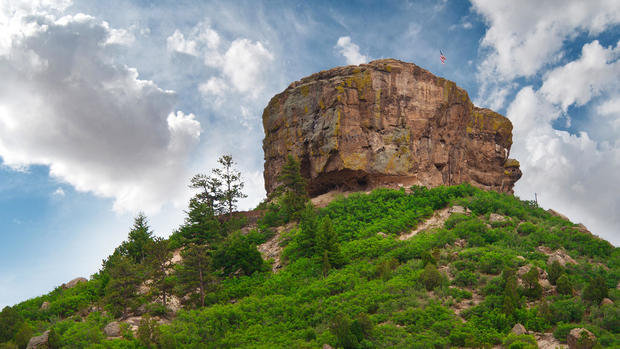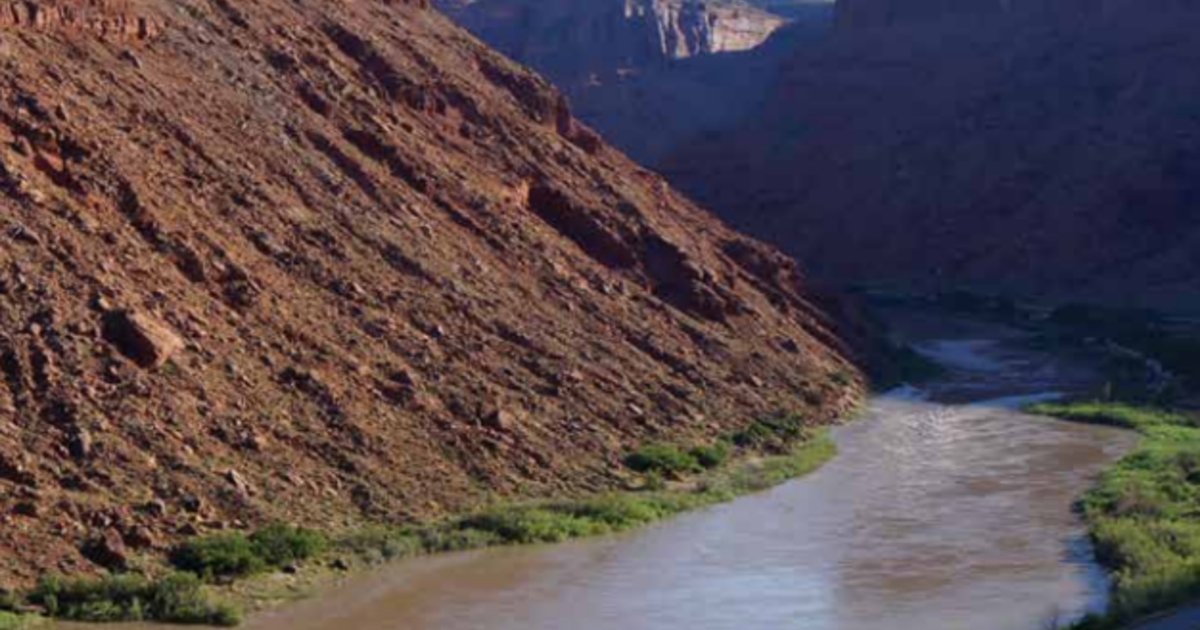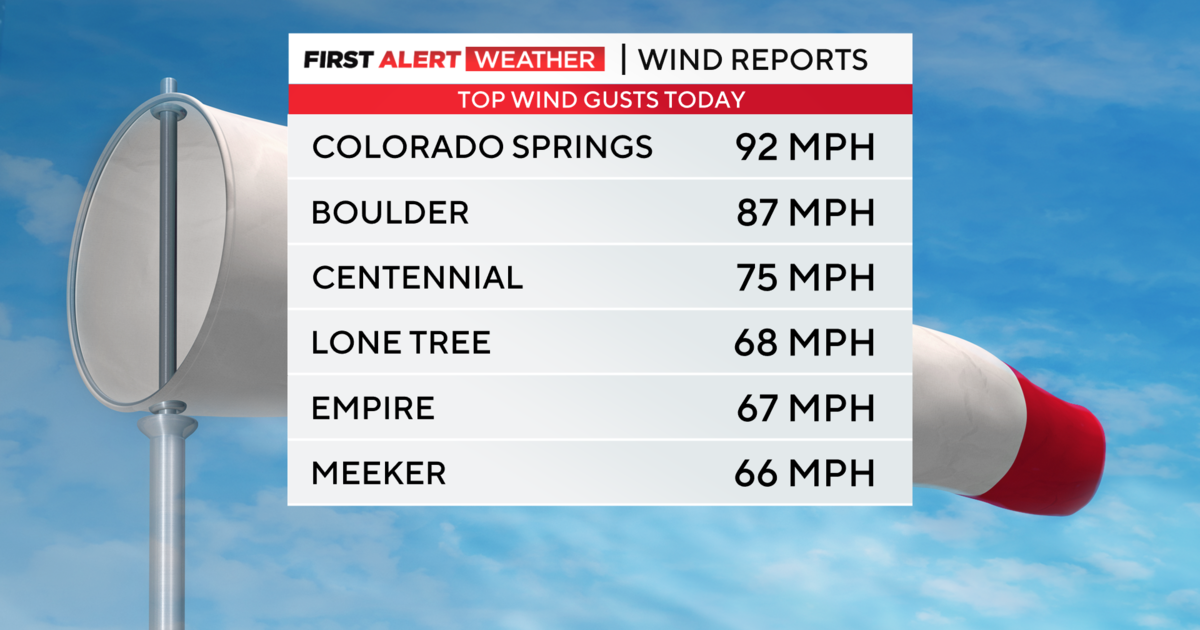Colorado scientists publish research paper that solves the mystery of Castle Rock
Colorado scientists who were curious about why Castle Rock remains largely resistant to erosion have published a research paper that provides some answers. They have determined that opal is partially responsible for the notable Colorado rock's durability.
Castle Rock is visible from several parts of central Douglas County and sits at the center of the city of Castle Rock. Dr. Hagadorn, a curator at Denver Museum of Nature & Science, describes it as an "iconic landmark."
The study was authored by scientists from the Denver Museum of Nature & Science and states that "Castle Rock's unique prominence and durability can be attributed to the presence of opal."
"Generally, exposed sedimentary rocks in these areas would be prone to erosion and might crumble into rubble. The key to Castle Rock's exceptional durability, it turns out, is that it's held together by a unique and captivating gem mineral, opal," Hagadorn said in a prepared statement.
Museum research associates Dr. Mark Longman and Joan Burleson wrote the paper that is now featured in the publication The Mountain Geologist. Longman said in a prepared statement that as far as the rock in the landmark goes, "every sand grain and pebble in these rocks is encased in opal." The opal "cements these particles together" and that makes the rock harder than most concrete.
There are some other mesas in the area with similar rock structures, and Longman and Burleson say opal is also responsible for their durability.




